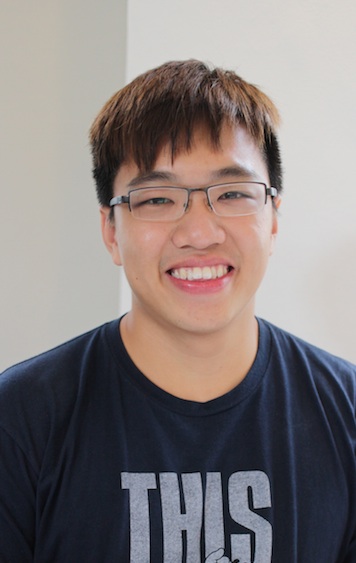Program Information
Determination and Comparison of Correction Factors Obtained for TLDs in Small Field Lung Heterogenous Phantom Using Acuros XB and EGSnrc
R Soh1*, J Lee2 , F Harianto3 , (1) Nanyang Technological University, Singapore, Singapore (2) National Cancer Centre Singapore, Singapore, Singapore (3) Institute of Technology Bandung
Presentations
SU-E-T-101 Sunday 3:00PM - 6:00PM Room: Exhibit HallPurpose:
To determine and compare the correction factors obtained for TLDs in 2 Χ 2cm² small field in lung heterogenous phantom using Acuros XB (AXB) and EGSnrc.
Methods:
This study will simulate the correction factors due to the perturbation of TLD-100 chips (Harshaw/Thermoscientific, 3 Χ 3 Χ 0.9mm³, 2.64g/cm³) in small field lung medium for Stereotactic Body Radiation Therapy (SBRT). A physical lung phantom was simulated by a 14cm thick composite cork phantom (0.27g/cm³, HU:-743 ± 11) sandwiched between 4cm thick Plastic Water (CIRS,Norfolk). Composite cork has been shown to be a good lung substitute material for dosimetric studies. 6MV photon beam from Varian Clinac iX (Varian Medical Systems, Palo Alto, CA) with field size 2 Χ 2cm² was simulated. Depth dose profiles were obtained from the Eclipse treatment planning system Acuros XB (AXB) and independently from DOSxyznrc, EGSnrc. Correction factors was calculated by the ratio of unperturbed to perturbed dose. Since AXB has limitations in simulating actual material compositions, EGSnrc will also simulate the AXB-based material composition for comparison to the actual lung phantom.
Results:
TLD-100, with its finite size and relatively high density, causes significant perturbation in 2 Χ 2cm² small field in a low lung density phantom. Correction factors calculated by both EGSnrc and AXB was found to be as low as 0.9. It is expected that the correction factor obtained by EGSnrc wlll be more accurate as it is able to simulate the actual phantom material compositions. AXB have a limited material library, therefore it only approximates the composition of TLD, Composite cork and Plastic water, contributing to uncertainties in TLD correction factors.
Conclusion:
It is expected that the correction factors obtained by EGSnrc will be more accurate. Studies will be done to investigate the correction factors for higher energies where perturbation may be more pronounced.
Contact Email:


